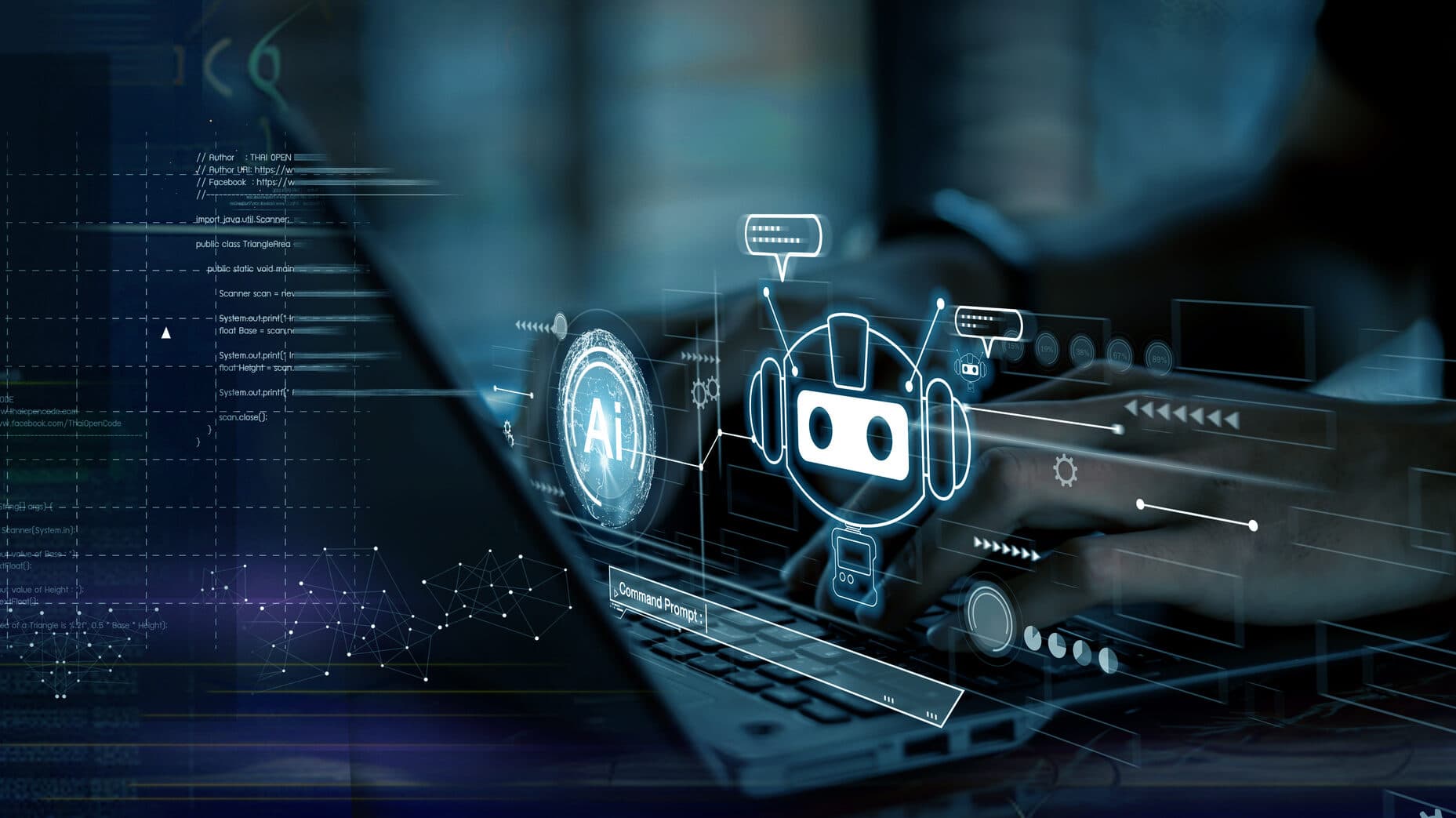Enterprises are rapidly adopting AI-powered tools to accelerate software development. Over 50,000 organizations, including major tech companies and financial institutions, have adopted GitHub Copilot as of 2024. Surveys show that about 70–76% of developers are either using or planning to use AI in their development process.
Despite their widespread use, coding assistants often generate code that appears plausible but is not always factually correct or ready for production. Inaccuracies in AI-generated code can trigger a cascade of time-consuming reviews, debugging sessions, and manual rework removing productivity gains that AI promises.
In many enterprise environments, code errors impact deployment pipelines, inflate operational costs, and erode trust in the entire AI initiative. Going against the very purpose of automation, engineers end up second-guessing every generated line of code.
Consequently, there is a growing consensus that near-flawless (95%+ or higher) accuracy in AI coding tools is essential for real productivity gains. In this article, we examine why existing solutions remain insufficient and make the case for higher accuracy not only being beneficial but also imperative.
Shortcomings of Current LLM Solutions
AI coding assistants like GitHub Copilot have become the preferred choice for many developers looking for quick coding shortcuts. These tools can suggest code completions in real time, generate and debug code, answer technical questions, and provide contextual recommendations within IDEs. That said, the accuracy of these tools is a preoccupying question for the same developers. For instance, in Stackoverflow’s 2024 Developer Survey, 31% of the professional developers shared their distrust towards the accuracy of AI tools, whereas 68% of respondents showed a lack of trust in the output or answer as the number one challenge with AI at work.


The gap between plausible and correct output is frequently called “hallucination”. This term refers to the situation where an AI model, as essentially pattern-recognition systems, can produce confident but incorrect or misleading information or outputs that appear plausible but are not grounded in the reality of the provided context. When these hallucinations make it to the production code, they introduce defects that are difficult to track down. As a result, any time saved up front by auto-generating code is often lost on the back end in rework and testing. While LLMs are the first step into automated programming, they can’t consistently deliver code at the quality level needed for mission-critical software today.
We will use the following definitions of the terms correct and accurate:
We call a piece of software code correct if it does what the human intended. Humans need to be convinced that the software is correct through evidence; this includes:
- code is well-structured/architected and documented,
- code compiles,
- code is tested.
A coding agent is accurate if it produces correct output. A coding agent hallucinates if it produces incorrect output. The output produced by an accurate coding agent does not require manual rework by a human.
Depending on the software engineering task, convincing a human of the code’s correctness can vary between relatively easy (e.g. writing regression tests, refactoring – if something breaks, it is definitely wrong) and very hard (e.g. implementing features (aka validation, “building the right product”).
Practically, tests provide the strongest correctness argument and are thus the basis of most software engineering tasks. Hence, an accurate coding agent must be accurate at writing tests to convince humans.
Accuracy is the fundamental driver of productivity and trust for development teams. When AI-generated code works reliably out of the box, teams experience immediate benefits. They save time on boilerplate tasks, reduce debugging overhead, and can focus more on strategic or creative initiatives. In fact, one study reported that developers using code generation tools in production could complete tasks up to 55% faster—but only when they did not have to second-guess and extensively rewrite the suggestions.
By contrast, even a modest error rate can quickly remove any productivity advantage. Engineers who spot an error in AI-generated code are forced to verify every subsequent suggestion. This constant context switching, evaluating uncertain suggestions, reverting changes, and searching for accurate snippets, negates the efficiency gains that lead enterprises to adopt AI in the first place. Subsequently, adoption levels suffer when developers lose confidence in the accuracy of the AI assistants. No matter how impressive the potential feature set is, organizations would find themselves at square one if the solution remains unused.
As such, high accuracy improves day-to-day effectiveness and is the prerequisite for whether AI-driven software development delivers on its promise.
Accuracy as a Competitive Advantage
Software teams must consider accuracy is one of the most essential criteria for evaluating AI tools. Low accuracy undermines productivity gains and causes more problems than it solves. Yet existing LLM-driven tools still hover at a 50–65% success threshold which is far below what is necessary to transform enterprise development at scale. Overcoming this challenge calls for a fundamentally different approach.
In our next article, “Overcoming Hallucinations: Combining LLMs with Code Execution,” we will explore how advanced techniques can push accuracy levels to 95% and beyond.
Specifically, we will look at how deterministic methods like code execution—combined with the adaptive capabilities of reinforcement learning—allow AI systems to verify their own output and learn from mistakes.





